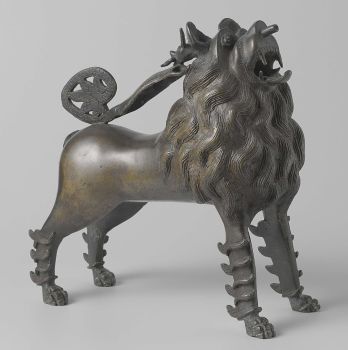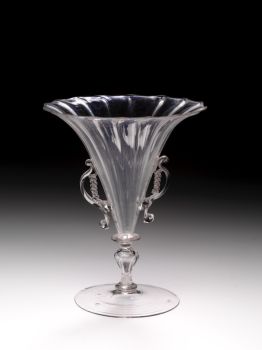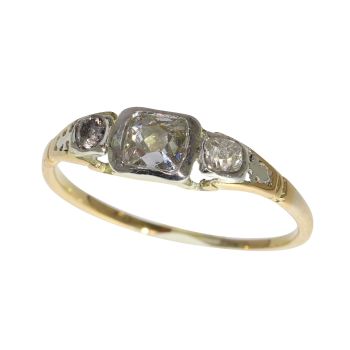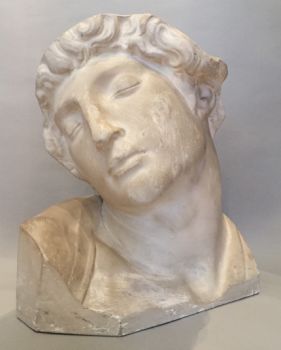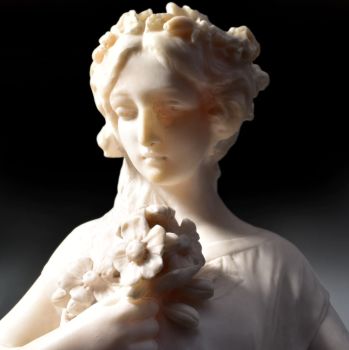Influence of Mannerism in art
The Mannerist period of art, which emerged in the late Renaissance era and continued into the early 17th century, is often seen as a bridge between the classical art of the Renaissance and the Baroque style that followed. It is characterized by a highly stylized and exaggerated approach to art, with a focus on elegance, sophistication, and complexity. This article will explore the role of Mannerism in art and its impact on the artistic world.
One of the main contributions of Mannerism to art was its emphasis on sophistication and elegance. Mannerist artists sought to create works that were highly refined and cultured, using complex compositions and intricate details to create a sense of refinement and elegance. This is seen in the use of elongated and distorted figures, which were intended to convey a sense of grace and beauty.
Mannerism also emphasized the use of complex and layered compositions, with figures often arranged in intricate and elaborate patterns. This created a sense of visual depth and complexity in Mannerist works, with the eye being drawn to multiple points of interest throughout the composition. Additionally, Mannerist artists often employed unconventional perspectives, such as foreshortening and dramatic angles, to create a sense of drama and dynamism in their works.
Another significant contribution of Mannerism to art was its focus on individual expression and creativity. Mannerist artists were known for their highly personalized approach to art, with each artist developing their own unique style and approach to their work. This is seen in the use of idiosyncratic techniques and unconventional subject matter, which reflected the individual vision and creative expression of the artist.
Mannerism also played a significant role in the development of new artistic genres and styles. It paved the way for the development of Baroque art, with its focus on drama, movement, and emotion. Additionally, Mannerist art influenced the development of Rococo, a more delicate and ornate style that emerged in the 18th century.
In conclusion, the Mannerist period of art played an important role in the development of art and had a profound impact on the artistic world. Its emphasis on sophistication, elegance, and individual expression challenged the prevailing artistic and social conventions of its time, paving the way for new artistic movements and styles to emerge. Mannerist art remains an important and influential style in art today, and its legacy can be seen in some of the most captivating and complex works of modern art.
* Pontormo, The Visitation, 1528-1530, Propositura Dei Santi Michele e Francesco, Carmignano, Italy


